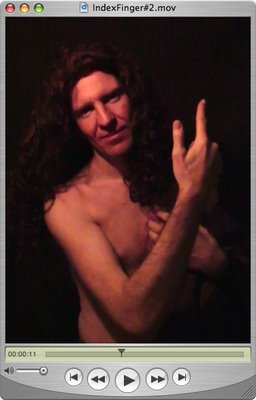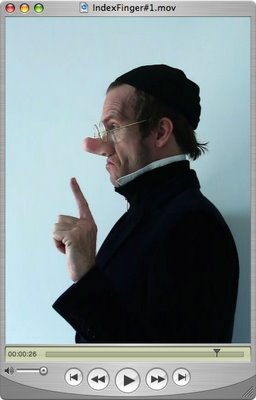Art is me, Art is you is a street art event that has taken place in the streets of New York on Sunday May 28, 2006. A small group of artists from Philadelphia and New York moved through the street with their own art attached to their bodies. This art gesture emphasized why art is important in the daily lives of artists and why art needs to be within view of the public.
Event Schedule
12 noon – 2.00pm: Art event began on the steps of the Metropolitan Museum of Art (MET) and artists proceeded along 5th Avenue, arriving at the Guggenheim Museum on 89th Street, and then returning to the MET.
3.30pm – 5.00pm: Art event began at the Museum of Modern Art (MoMA) on 53rd Street and artists proceeded along 5th Avenue, 72nd Street and Madison Ave, arriving at the Whitney Museum of America Art on 75th Street.
Participating Artists included
Yikwon Peter Kim, Josh Friedman, Vincent Housten, Richard Jochum,
Désirée Navab, Siyoung Rhie, Graeme Sullivan





